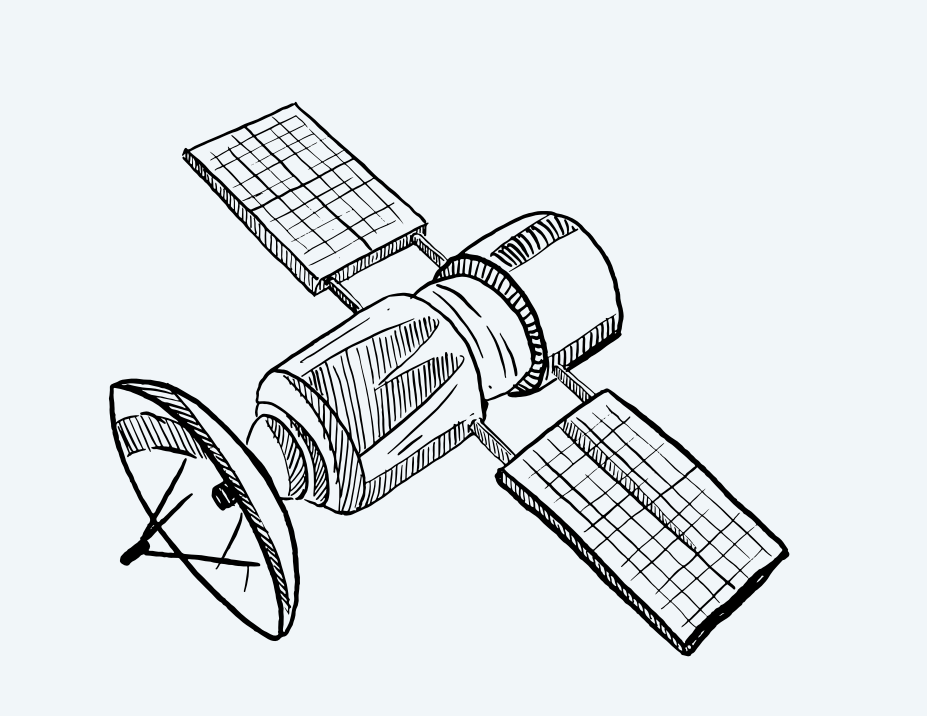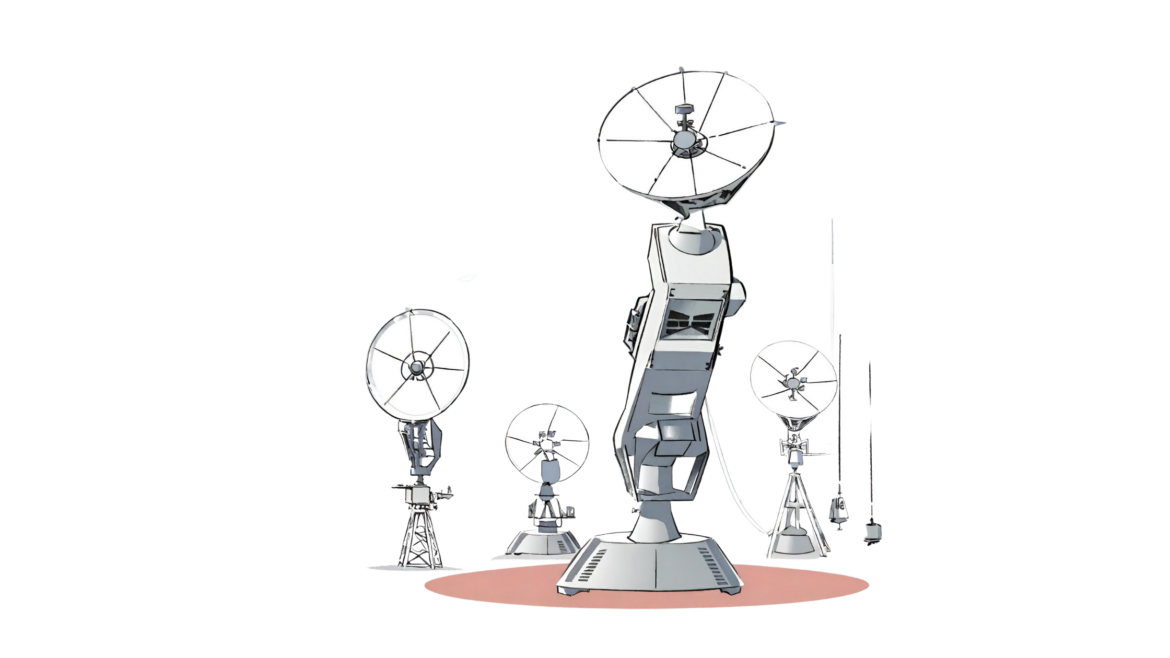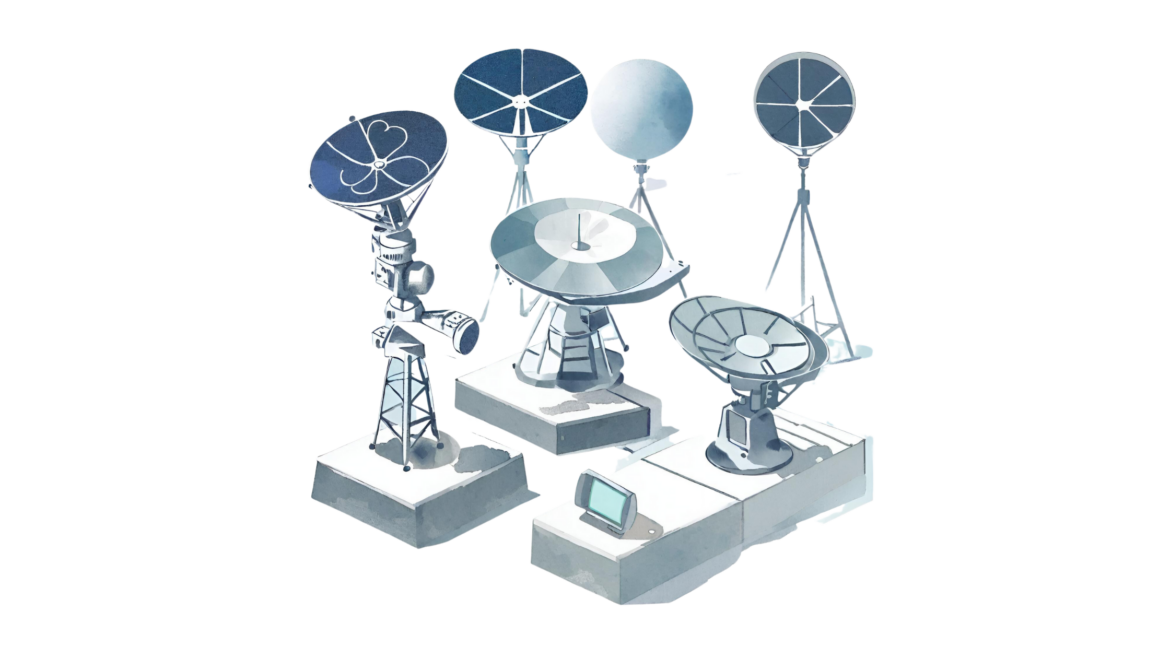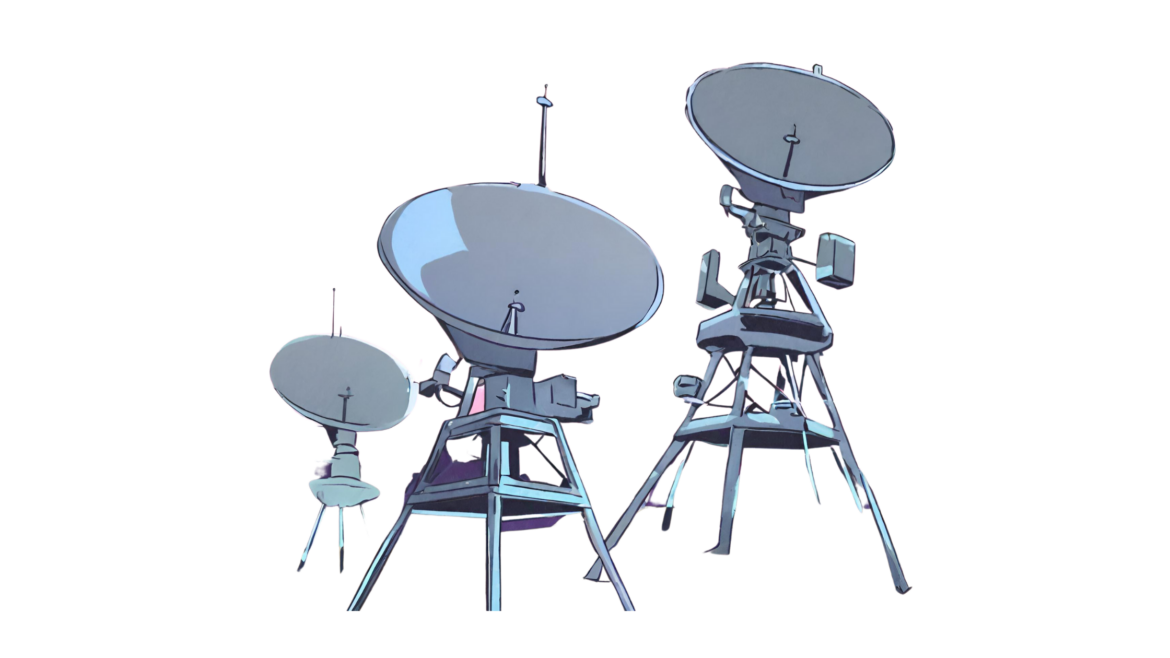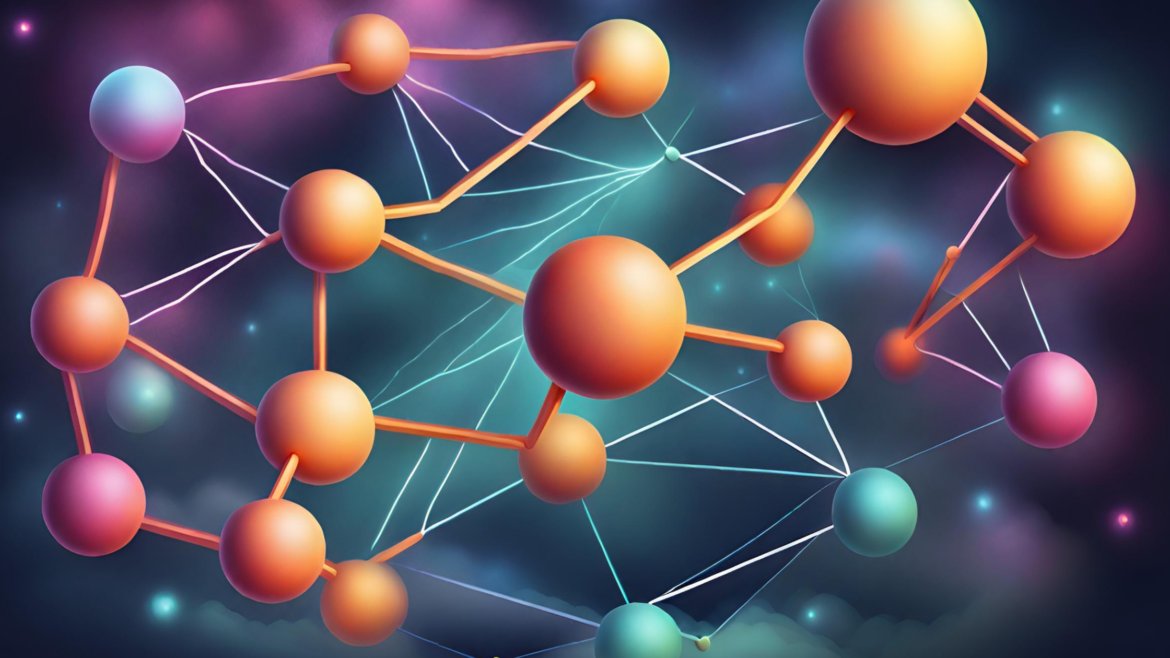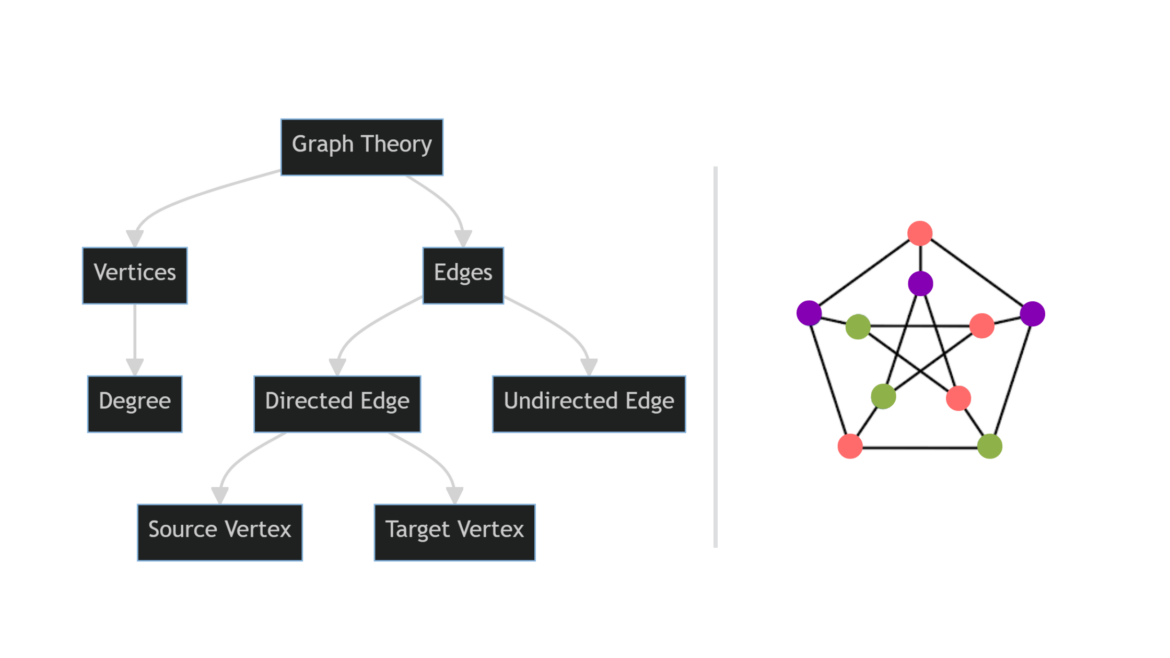Our Chief Technology Officer, the visionary Mehmet Beyaz,PhD, has recently unveiled an insightful paper titled “Natural Language Processing: An Overview.” This illuminating work is set to reshape our perception of NLP, unveiling the path to the future of artificial intelligence and human-computer interactions. A New Horizon in NLP: At the core of this journey lies
Blockchain technology is revolutionizing how data is stored, shared, and secured. It operates on a decentralized and distributed ledger system that ensures transparency, immutability, and trust. The technology’s significance extends far beyond cryptocurrency, impacting industries such as finance, supply chain management, healthcare, and more. In our previous two articles, we embarked on a journey to
In the ever-evolving landscape of digital innovation, understanding the intricate workings of blockchain technology is paramount. While we’ve already delved into the fundamental aspects and benefits of blockchain, there’s another layer to this revolutionary technology that demands our attention: the blockchain networks. These networks are the backbone of blockchain technology, and comprehending their various types
1. Satellite Transponder Function: Frequency Conversion: Converts uplink frequency to downlink frequency. Signal Amplification: Amplifies the down converted signal before transmission to Earth. Details: Frequency Bands: Commonly, 6 GHz to 4 GHz conversion, or 14 GHz to 12 GHz in Ku band systems. Bandwidth: Each transponder typically has a bandwidth of 36 MHz. Quantity:
Very Small Aperture Terminal (VSAT) technology has revolutionized the way we communicate, offering a myriad of applications across various sectors. This blog post aims to provide a comprehensive overview of VSAT systems, exploring their basic principles, components, and installation procedures, ensuring a thorough understanding of this vital communication technology. Understanding VSAT: The Basics VSAT, an
The blog is dedicated to provide an overview of the C band RF Transceiver’s design, specifications, and functionality. It emphasizes the importance of the transceiver in enabling wireless communication between the ground and satellites, especially in challenging terrains. C band RF transceiver are crucial components in wireless systems, particularly in VSAT systems or Earth stations.
In the vast expanse of the digital age, communication has transcended beyond physical boundaries, connecting remote areas to the pulsating heart of global interaction. Very Small Aperture Terminal (VSAT) systems have emerged as a pivotal technology, bridging the gap between isolated locations and the bustling digital world. This blog unfolds the intricate tapestry of VSAT
Graph theory, a fundamental concept in mathematics and computer science, revolves around the study of graphs. These graphs are abstract representations of a set of objects where some pairs are connected by links. The foundational elements of graphs are vertices (or nodes) and edges (or links). In the realm of wireless networks, graph theory finds
Graph theory, a fascinating branch of mathematics, has been the subject of intrigue and study for centuries. Its applications span a wide range of fields, from computer science to biology, and its principles underpin many of the technologies and systems we use today. In this blog, we’ll delve into the world of graph theory, exploring
Top News
The “Satellite Services Consultancy Agreement” between #Türksat A.Ş AND TTG International was signed by Dr. Selman Demirel, Deputy General Manager of Satellite Services, and Emine Beyaz, CEO of TTG International,
The “Satellite Services Consultancy Agreement” between #Türksat A.Ş AND TTG International was signed by Dr. Selman Demirel, Deputy General Manager of Satellite Services, and Emine Beyaz, CEO of TTG International, ...According to the results of the research, TTG Int. once again has been among the Turkey 2021 Top 500 IT companies.
TTG International is a company that provides its clients with advanced technology solutions to help them grow their business. They have been recognized as one of the top 500 IT companies in Turkey and are proud to be among the future-oriented companies driving innovation in Turkey. ...AR-GE 250
TTG International LTD has once again proved its research and developer spirit in genetics by taking part in two major research conducted throughout Turkey within the scope of its R&D studies in the field of telecommunications and IT management software (OSS) and its 2021 activities. According to the research prepared by Turkishtime on &#...Türk Telekom’dan yerli şebeke gözlem platformu
Haberleşme Teknolojileri Kümelenmesi (HTK) firmalarından TTG International’ın, Türk Telekom mühendislerinin de desteğiyle geliştirdiği GEMS-FAMAN platformu, Türk Telekom şebekesinde ticari olarak kullanılmaya başlandı İSTANBUL (AA) – Türk Telekom, müşterilerine yüksek performanslı şebeke servisleri sunmak üzere GEMS-FAMAN Platformu̵...





